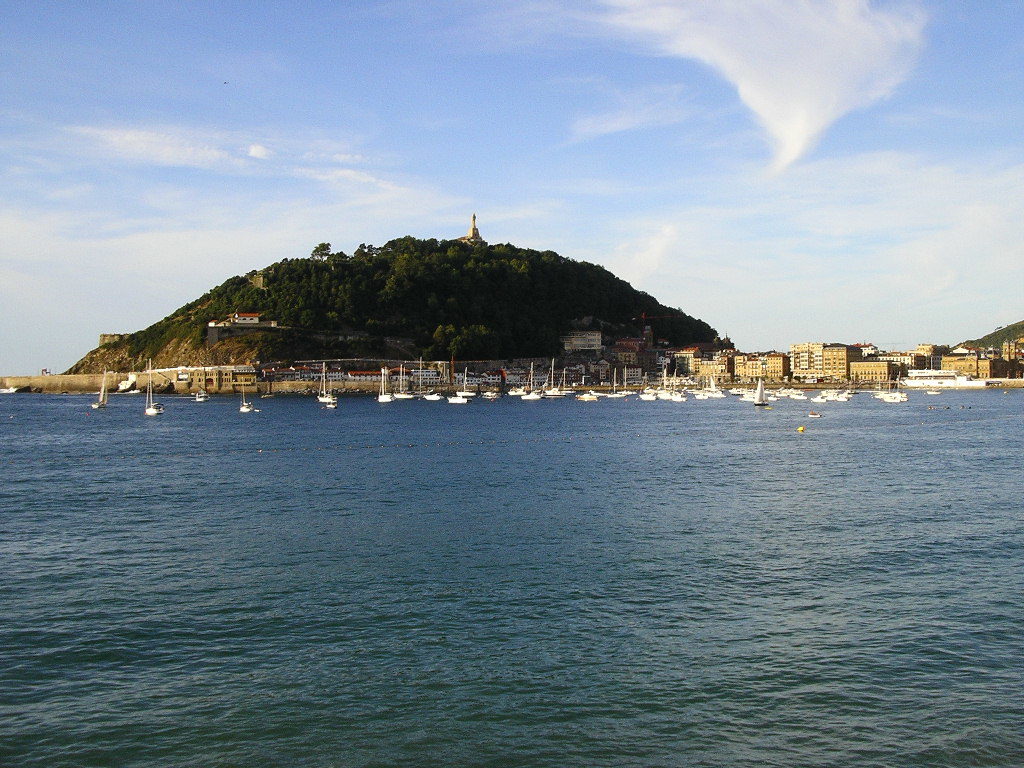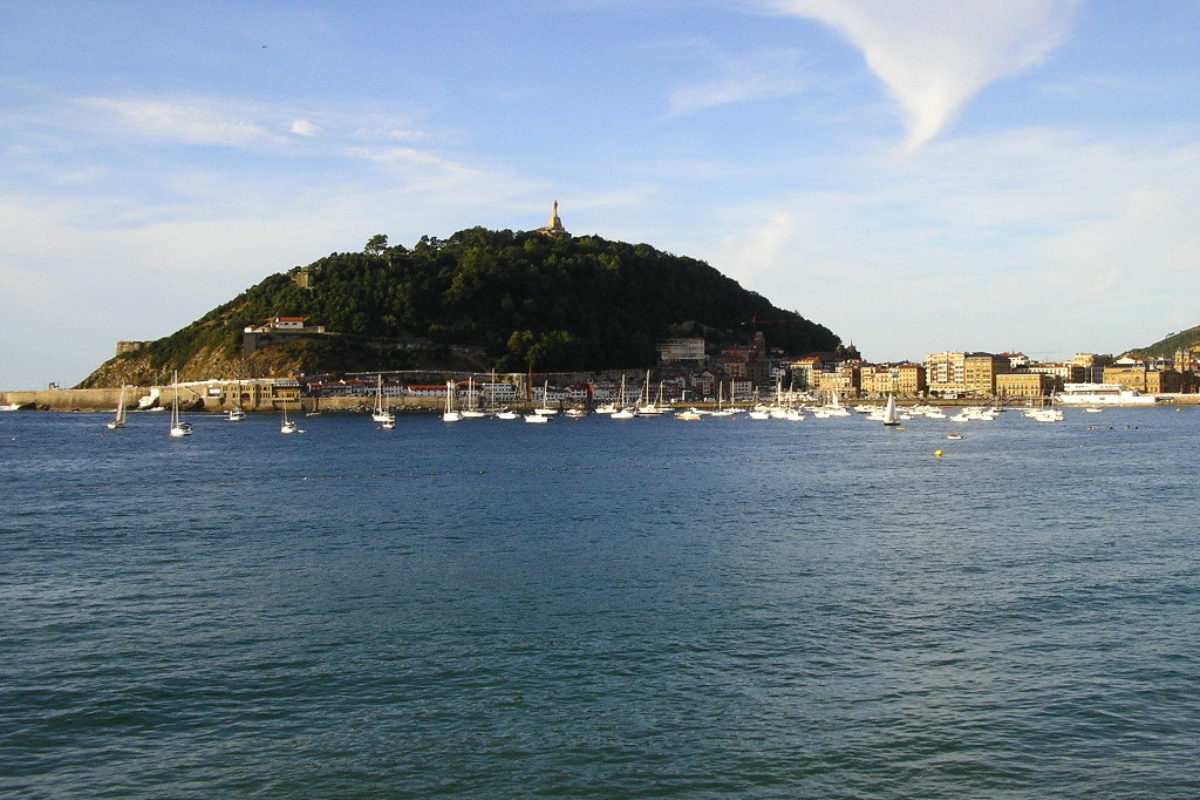Urgell Castle, San Sebastian
Halfway up the mountain that the castle stands upon is the cemetery, and an inscription that reads: “England has confided to us their honoured remains. Our gratitude will watch over their eternal repose.”
The state of the monument to the English soldiers killed at the siege of San Sebastian, well-hidden amongst dense, untended shrubbery, obliterated by graffiti and vandalised beyond recognition, says a lot for the sincerity of whoever was responsible for writing those words.
The first assault on July 25th failed miserably with almost 3,000 casualties. One participant called Douglas wrote stoically of his comrades: “One was making the best of his way minus an arm; another his face so disfigured….as to leave no trace of the features of a human being; others creeping along with the leg dangling to a piece of skin; and, worse than all, some endeavouring to keep in the bowels.”
On August 31st the final assault began. While Robinson’s troops poured into the breaches in the defences on the isthmus, Portuguese soldiers waded the river at low tide under intense fire.
With great losses, the English and Portuguese finally broke through into the town, while the remaining French defenders fell back on the castle.
Two unique aspects of this attack were that it took place in broad daylight and that General Graham felt it necessary to continue the bombardment during the attack, as a result of which many of the French defenders were found to be headless when the allies broke through.
There was a pause in the fighting, during which (and no doubt after first admiring the delightful views of one of Spain’s most beautiful bays and the impressive ‘Concha’ beach), the British troops settled down to some serious pillaging, justified later rather shamefacedly by the fact that the people of San Sebastian were considered to have collaborated willingly with the French and even to have participated in its defence.
One of the British commanders, Hay, later declared that “never in the annals of war had there been such a complete annihilation as at San Sebastian”.
Wellington arrived the next day to oversee the taking of the castle.
With the loss of two thirds of their men, the French who continued to resist in the catle began to lose hope and finally gave in a week later on September 7th.

